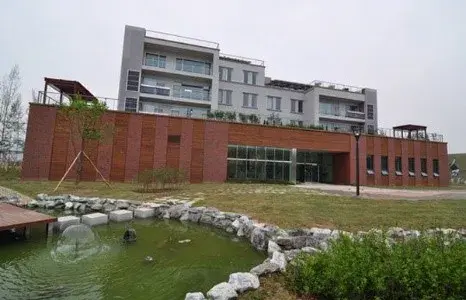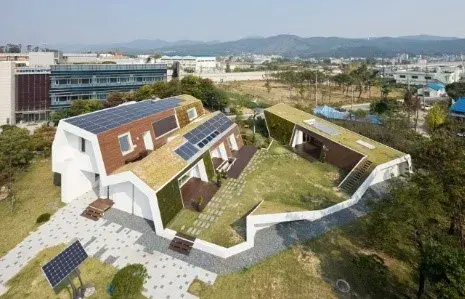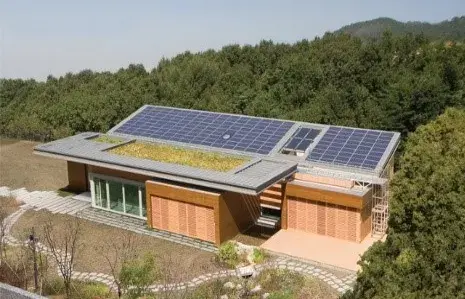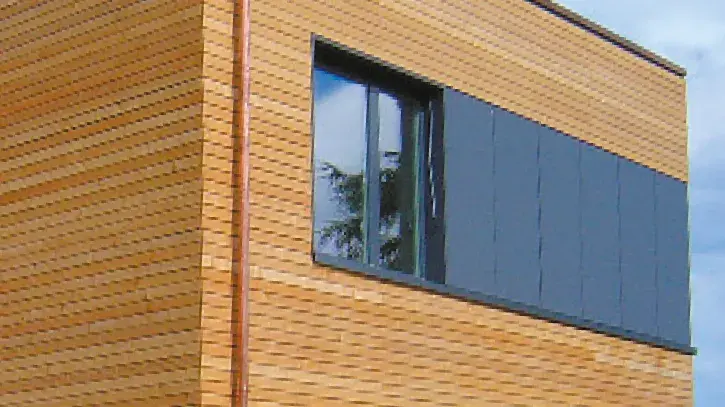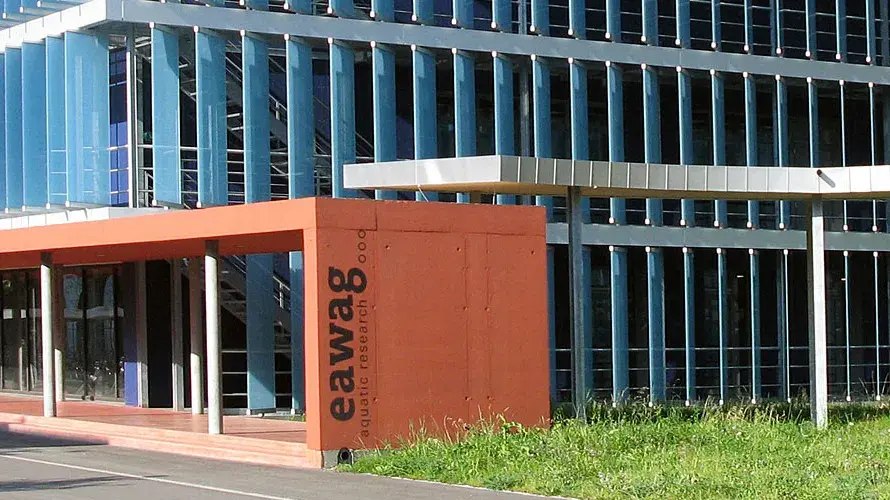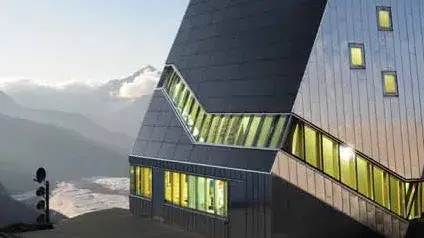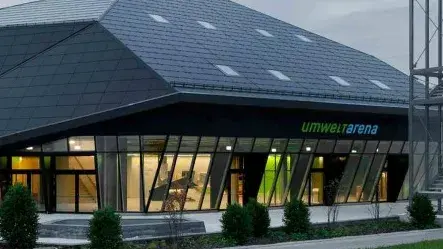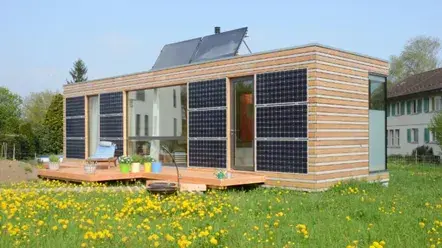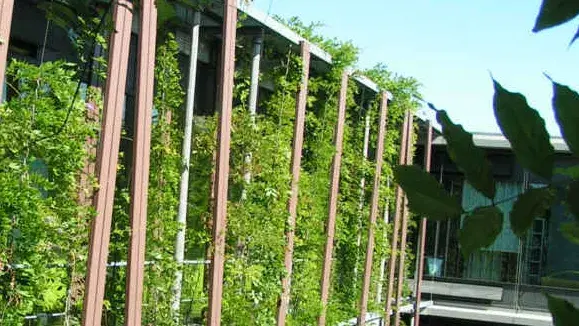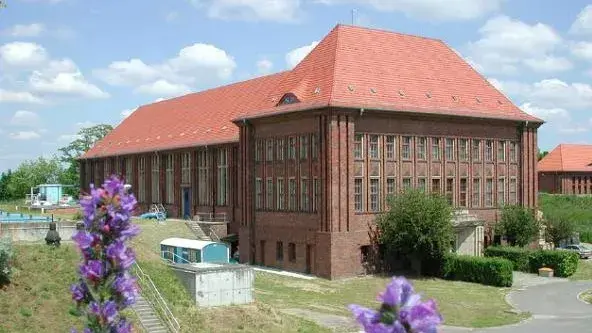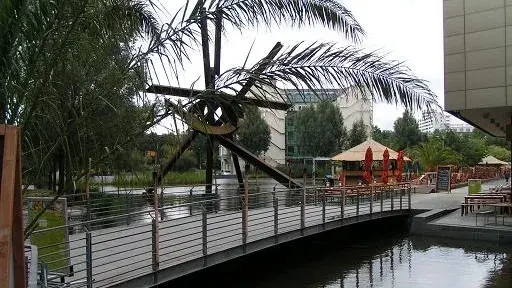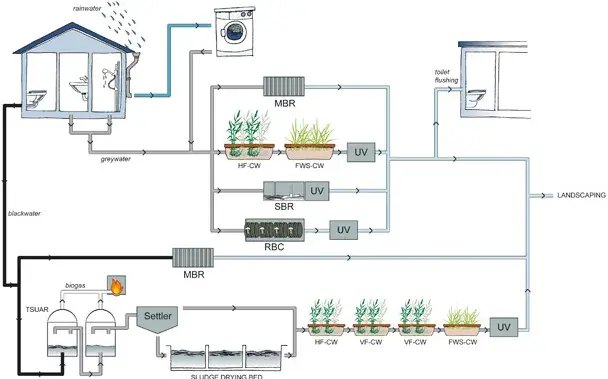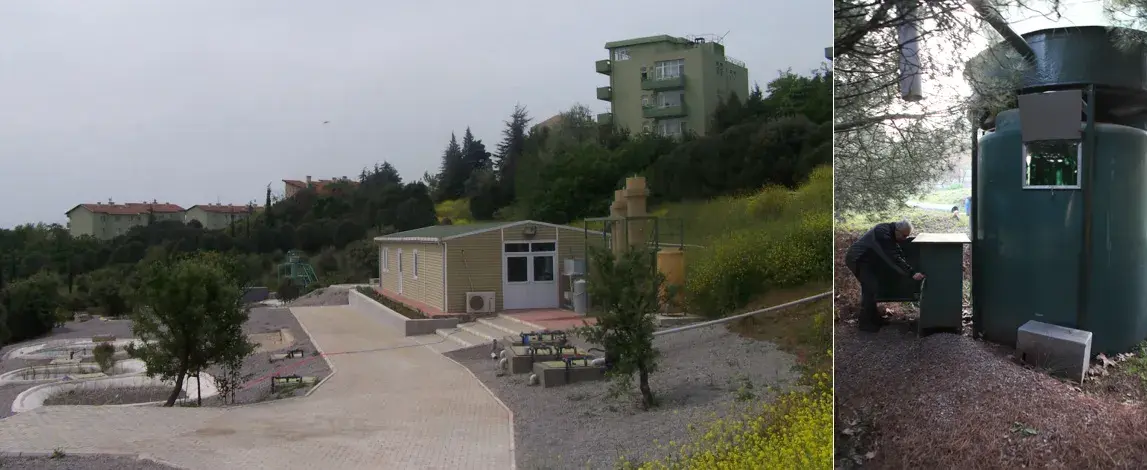Case studies
Here you find descriptions of buildings that are examples for inspiring and good practice. These buildings are not necessarily Zero Emission Buildings according to the definition of the ZEBISTIS, but they all contain at least some important aspects that lead towards this ideal.
Republic of Korea
Daelim Green Home Plus
Green Home Plus is the first multi-residential housing model for long-term research on low energy and eco-friendly housing. It substantially reduces negative environmental impacts and pursues creating a pleasant housing environment.
Kolon E+ Green Home
Kolon E+ Green Home is the flagship project of Kolon construction company. It is a sustainable passive house with integrated green spaces.
Samsung Green Tomorrow
Samsung Green Tomorrow is a showcase project for use of renewable energies and energy efficient technologies.
Switzerland
Aquamin Zuchwil, SO
Aquamin is a single-family home located in a residential district in Zuchwil. The design and construction was conducted as a pilot project initiated by the canton Solothurn, EMPA, EAWAG and other partners. It was nationwide the first zero-wastewater house with its own small-scale wastewater treatment plant in the basement of the Building.
Forum Chriesbach, Dübendorf
Forum Chriesbach was built as an administration and research center for the two research institutes EAWAG and EMPA. The construction incorporates facilities for efficient water management, nutrients recovery, renewable energy generation, passive energy utilization and is built of sustainable materials.
New Monte Rosa Hut
The New Monte Rosa Hut was built between snow, ice, glaciers and mountains in the middle of the Swiss Alps and is not connected to the grid nor to a central water supply facility. The project is a cooperation between the Swiss Federal Institute of Technology ETH and the Swiss Alpine Club SAC. The hut was built as a test object for sustainable construction in such extreme conditions.
Umwelt Arena Spreitenbach
The Umwelt Arena serves as an exhibition center that helps visitors to experience and understand sustainability and environmental technology. The crystalline roof structure with an integrated photovoltaic system, combined with a TABS-distribution network for solar energy, energy storage water tanks and earth collectors allow that that the building produces more CO2-free electricity than is needed to run the Building.
Ökominihaus, Altdorf
The initiators of this project aim to demonstrate a practical example for off-grid sustainable building, natural building materials and space-optimized Living.
Germany
Institute of Physics in Berlin-Adlershof
The Institute of Physics of the Humboldt University Berlin is a project of ecological urban development. The focus of the project is on a concept of decentralized rainwater management, building greening and elements for energy efficient cooling and ventilation. The project includes an ongoing monitoring of the water consumption of different plant species of the façade greening system along with its effects on the overall energy consumption of the building.
SCST Sanitation Concepts for Separate Treatment, Stahnsdorf
The aim of the project was to test whether this kind of new sanitation concept has significant advantages in comparison to conventional sanitation systems. The new sanitation concept in the office building was installed in 2002 / 2003, when the building was being renovated. In spring 2005, the new concept was extended to the residential building.
Potsdamer Platz, Berlin
The idea behind this important urban waterscape is to use rainwater at the place of collection. At Potsdamer Platz, a combination of green and non-green roofs harvest the annual rainfall. The rainwater is used for toilet flushing, irrigation, and fire extinguishing systems. Excess water flows into the pools and canals of the outdoor waterscape where it evaporates and creates an oasis for urban life.
Turkey
Grey water management for Istanbul
Technologies for grey water management have been tested in a case study area at the TUBITAK MRC premises. The aim is to optimize the operation regarding efficiency, running conditions, energy consumption, economic viability and sustainability assessment.
Rain Water Harvesting (RWH) for Istanbul
The RWH pilot system was designed and constructed to verify and test the conditions for the use of harvested RW for irrigation, cleaning and toilet flushing purposes. The pilot system includes collection of rainwater, first flush filtration-diversion, filtration layers, storage and disinfection. A comprehensive characterization and monitoring program was carried out for environmentally sound parameters for climate change impact assessment.
